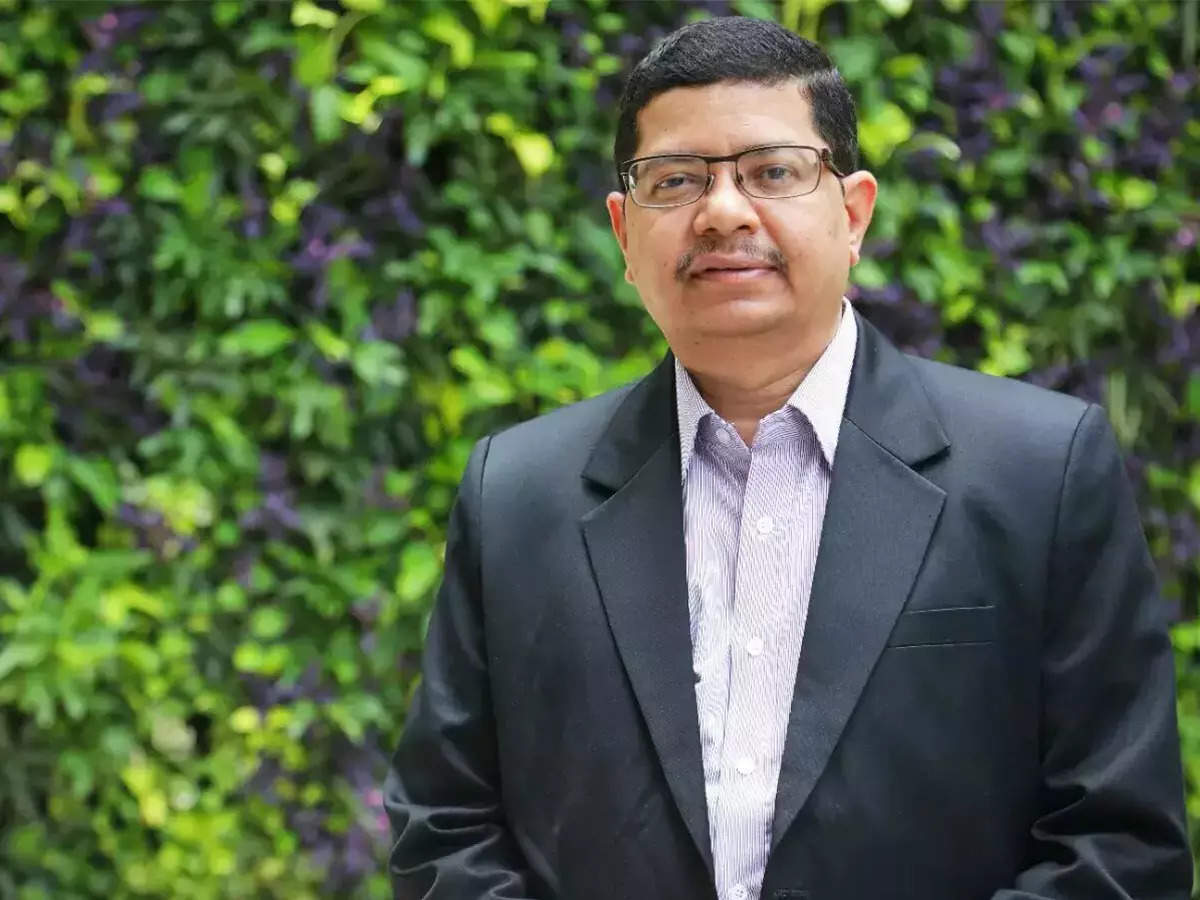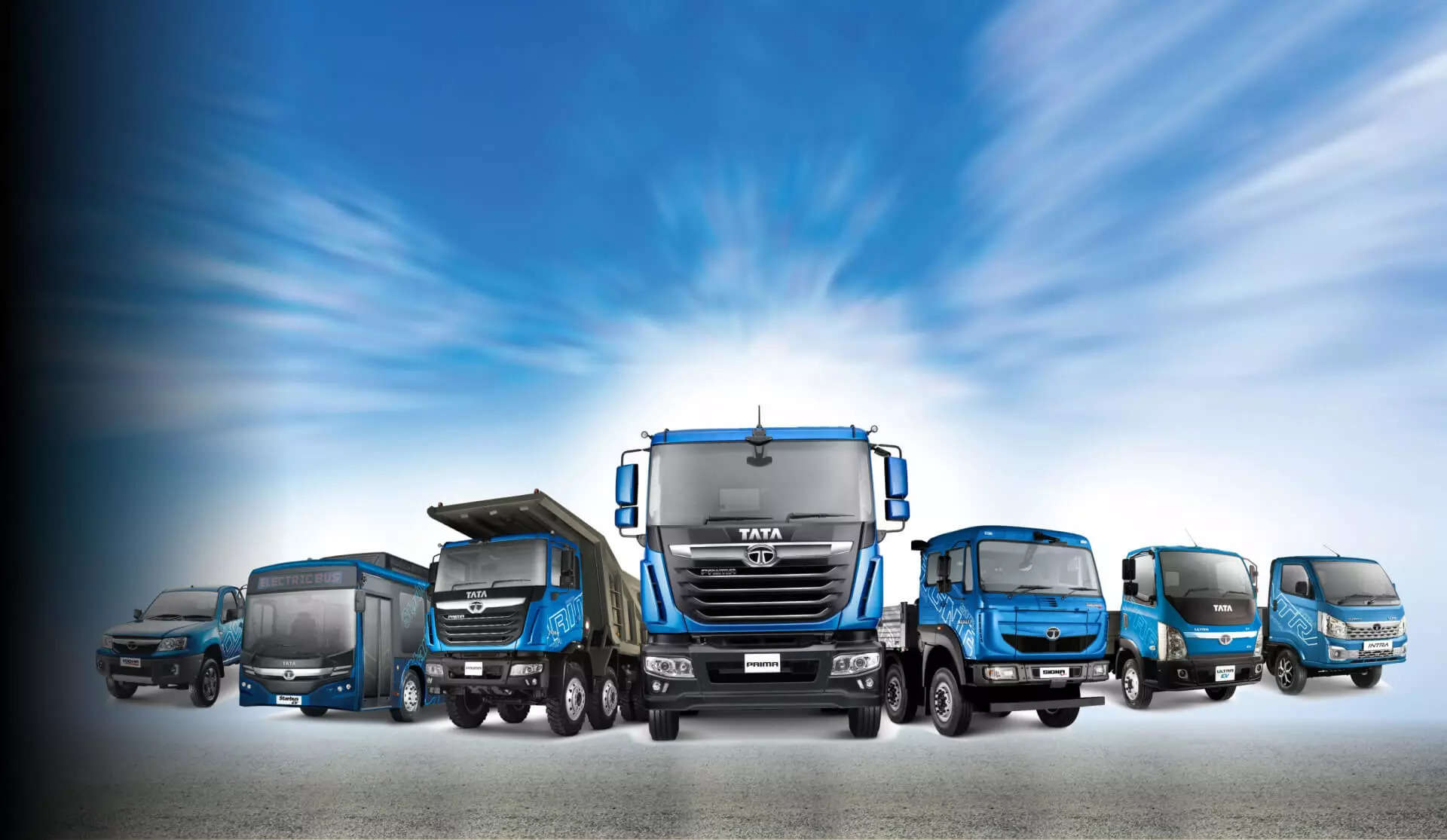
New Delhi: Commercial vehicle market leader Tata Motors has a target to be carbon-neutral by 2045. During this period the transportation industry will also see a big change in fuel technologies. For the industry’s transition from being diesel-dominated to alternatives, many are the options and routes. Will LNG be the next big thing, especially in the heavy duty truck category estimated to contribute 58% of India’s on-road transportation emissions? Should the industry and the Government choose only a set of technologies to invest in, and scale up fast? Industry veteran and Tata Motors’ President and CTO, Rajendra Petkar, shares his views on these topics, and more below.

Q: In the CV industry’s transition from diesel what are the key alternatives that will help the journey to cleaner goods transportation?
Globally, the efforts to reduce carbon emissions have accelerated across all sectors, with countries committing to carbon neutrality and net-zero emissions in the decades to come. We are re-imagining our entire product portfolio and operations with a clear target to achieve net-zero emission by 2045, in line with India’s objective of achieving net-zero by 2070. From an industry perspective, electrification shall be progressive in nature and commercial vehicles are going to witness steady adoption of greener fuels along the way. We expect the shift towards electrification to be through the enhanced use of blends and alternative fuels. The industry will continue working on improvements and providing fuel choices for fuels like flex fuels, Biodiesel, CNG and LNG to meet specific needs of the applications before a complete switch over to EVs. In addition, there is another emerging pathway to near zero emissions in the form of hydrogen-based combustion technology.
We have been constantly working to identify such opportunities and understand the customer requirements related to electrification. We also have established a strong presence in the domestic electric bus market, having delivered over 2,500 vehicles to various cities across the country. The buses cumulatively have clocked more than 14 crore km, with an uptime of over 95%. Future applications in the trucks, tippers and intercity bus were showcased at Bharat Mobility Expo earlier this year.
Q: What are the key factors to be taken care of by OEMs, suppliers, and the Government to ensure an efficient transition? For a country like India, with its unique dynamics, do you think a darwinist approach for technology works better, or should the focus and investment of the industry and policymakers be on a particular fuel/energy, or maybe a couple of options for the industry to gain the volumes and have a sustainable journey, both in terms of the journey towards carbon neutrality, and business?
For India, ensuring energy security and import bill reduction are the top drivers towards balancing the energy basket across sectors. For the CV industry, customers will continue to demand lower total cost of ownership and maximum vehicle uptime, which is agnostic to fuels and vehicle applications. This means that fuel prices, fuel availability and vehicle performance remain key factors in the adoption of new energy regimes.
Historically, technologies for conventional fuels have been developed through collaboration among OEMs and suppliers. In the present era of new energy and decarbonisation, and when developing countries are looking for alternative fuel solutions along with Hydrogen Fuel Cell, Hydrogen ICE or BEVs, there is a greater need for co-development of technology.
Given the urgency to develop powertrain solutions that can use various blends of petrol or diesel with biofuels, further collaboration is crucial. The co-development efforts should not be limited to just developing technologies and components, but should also focus on building capabilities for servicing, customer education and other related aspects. Various powertrain and fuel options will co-exist in the near future and the definitive transition to electrification will follow the path governed by various factors.
Q:Tata Motors has been investing in alternative fuel technologies for quite some time. With the advent of LNG, and with its set of advantages, do you think it could be a better option than CNG?
Countries attempt to reduce their emissions and dependence on diesel by using CNG and LNG as fuels for heavy duty trucks, as these are low-carbon fuels. In India, our journey started way back in 2001 with the use of CNG for public transport. CNG proliferated across the country, and its share has grown exponentially for various commercial vehicles. With sustainability at the core of our mission, Tata Motors has focused on and engaged in the development of alternative fuel propulsion systems in collaboration with strategic partners.
We are pioneering LNG technology in India for transportation, and we believe that LNG is a logical extension to CNG and is more suited for long-haul applications. The proliferation of LNG as a fuel helps through a multi-pronged approach for the Government by addressing the environmental concerns, ensuring energy security for the nation and broad basing of fuel usage. The industry at large has witnessed greater adoption of CNG vehicles, especially in the small, light and intermediate vehicle segment, given favourable operating economics and progressive expansion of CNG infrastructure. While the adoption of CNG will continue in the future, the potential for LNG is very high in India for long-haul trucks.
Q: What’s the scale of investment that Tata Motors has earmarked for developing greener technology options for its CV business?
From a technology and vehicle development point of view, Tata Motors has been exploring alternative and new energy areas and our Advanced Engineering Center tests various technologies like battery electric vehicles and fuel cell technologies, in continuation to developments related to fuel blends, CNG, Bio Methane, Bio Diesel and LNG.
We continue to invest in people, facilities, research centres, connect with vendor partners across our product mix and offerings. We have developed the capabilities in design, validation and manufacturing. Some of the state-of the-art facilities include an Advanced Powertrain Technology Development Centre (includes EVs), test rigs and facility for development of e-Axles and Transmission, rig for Hardware in Loop Testing, Battery development Centre, Test Cells for development of Hydrogen Engine with fuelling infrastructure and Fuel cell development lab.

















